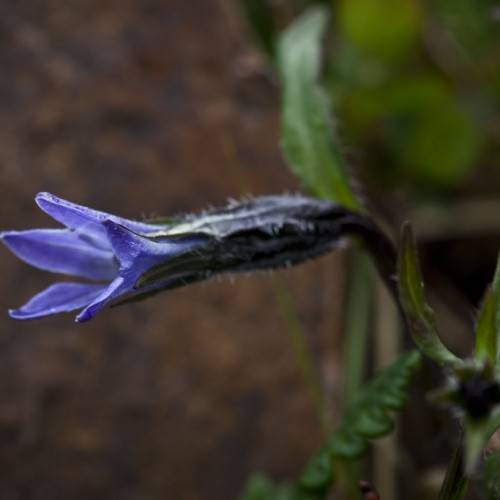
Arctic Harebell
Campanula uniflora
Also Known As - Arctic BellflowerWatering:
Minimal
Hardiness Zone:
Sun:
full sun,part shade
Leaf:
Yes
Growth Rate:
Low
Drought Tolerant:
Yes
Care Level:
Medium
watering
Scouler's Harebell should be watered regularly, ensuring the soil remains moist but not overly soaked. Water approximately twice a week during the growing season, allowing the top few centimeters of soil to dry out in between watering. To avoid overwatering, it's best to wait for the top few centimeters of soil to become dry before watering again. During cooler months, reduce waterings to once per week as the plant will have slowed or stopped growing and will need less water. Make sure to direct the water to the soil instead of the leaves and check for proper drainage to prevent soil saturation.
sunlight
Scouler's Harebell is native to the Pacific Northwest and mountainous regions of western North America. It prefers full sunlight during the summer months and will generally thrive best in its native habitats of moist, open forests or meadows. During the cooler months of fall and winter, this plant may survive in partial sunlight, depending on the amount of warmth the area receives. In general, Scouler's Harebell should receive at least 4 to 6 hours of full, direct sunlight every day for optimal growth and flowering.
pruning
Scouler's harebell should be pruned in late winter or early spring, before the new growth appears. Pruning should be done carefully and conservatively, as the goal is to shape the plant without completely removing its flowering stems. Deadheading spent flowers is recommended, preferably with a pair of scissors instead of pinching them with fingers. Longer stems can also be cut back by a few inches to encourage bushier growth, or they can be pruned to encourage more branching. Pruning of older plants should not exceed 1-third of the total size of the plant, as more aggressive pruning can introduce stress and weaken the plant.
